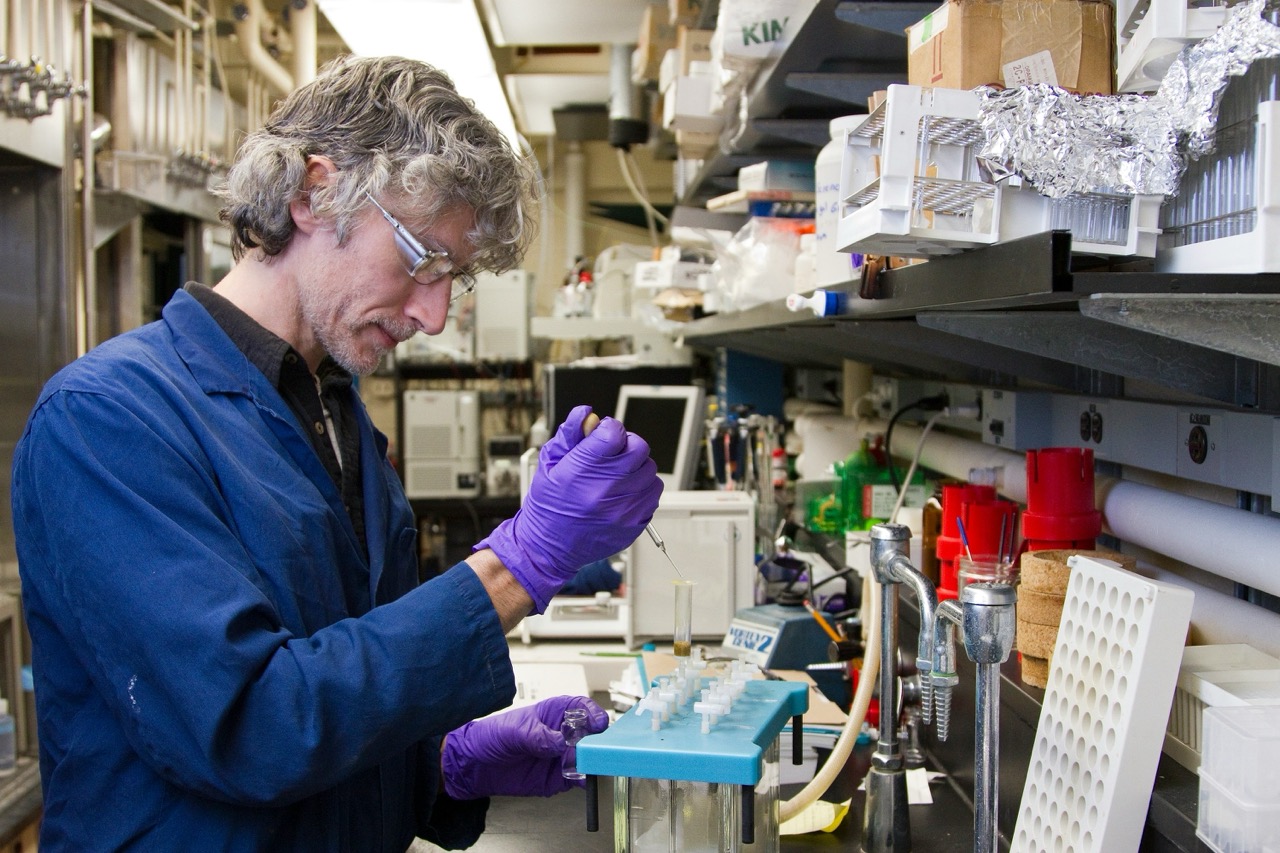Sexually transmitted diseases (STDs) continue to pose significant public health challenges worldwide, with millions of new infections reported annually. Despite advancements in treatment and prevention, the global burden of STDs remains high, highlighting the urgent need for innovative research and effective vaccine development. The intersection of modern technologies, such as mRNA platforms, and collaborative global efforts marks a pivotal moment in the quest for effective STD vaccines. This article explores the current landscape of STD research, advancements in vaccination technologies, and future directions in the continuing battle against STDs.
Current Landscape of STD Research and Vaccine Development
The current landscape of STD research is characterized by a growing recognition of the importance of vaccines as a critical component of STD prevention strategies. While traditional methods such as condom use and regular screenings have proven effective in reducing transmission rates, they lack the comprehensive impact that vaccination could offer. Research initiatives are increasingly focused on understanding the complexities of STDs, including their epidemiology, transmission dynamics, and pathogen-host interactions, to inform vaccine development.
Currently, vaccines for a limited number of STDs, such as human papillomavirus (HPV) and hepatitis B virus (HBV), have demonstrated efficacy and are in use. However, there is an urgent need for vaccine candidates targeting other prevalent STDs like chlamydia, gonorrhea, and syphilis. The lack of widespread vaccination coverage for these diseases underscores the necessity for continued research investment and innovative approaches to vaccine development.
Key Advances in STD Vaccination Technologies and Methodologies
Recent technological advances have the potential to revolutionize STD vaccine development. Novel vaccine platforms, including viral vectors, protein subunits, and mRNA technologies, are being explored for their ability to elicit robust immune responses against various STDs. Each platform presents unique advantages, such as improved safety profiles and the ability to induce both humoral and cellular immunity, which are critical for controlling infections.
In addition to platform innovations, methodologies such as nanoparticle-based vaccines have shown promise in enhancing immunogenicity and stability. These advances not only contribute to the development of more effective vaccines but also facilitate quicker responses to emerging pathogens. Furthermore, the integration of bioinformatics and systems biology into vaccine research is enabling scientists to better predict immune responses and optimize vaccine formulations.
Identifying Gaps in Current STD Vaccine Efficacy
Despite the progress made in STD vaccine development, significant gaps remain in the efficacy of current vaccines. For example, while the HPV vaccine is highly effective in preventing cervical cancer, coverage rates are still low in many regions, particularly in low-resource settings. Additionally, the existing hepatitis B vaccine does not address the issue of chronic infection, which is prevalent in specific populations.
Furthermore, many STDs exhibit diverse strains and serotypes, complicating the development of broadly effective vaccines. The challenge lies in identifying conserved antigens that can elicit a strong and long-lasting immune response across different populations and geographic regions. Understanding the mechanisms of immune evasion employed by pathogens is also crucial for bridging these gaps and enhancing vaccine efficacy.
Emerging Pathogens: New Targets for STD Vaccine Research
As the landscape of infectious diseases evolves, emerging pathogens present new challenges and opportunities for STD vaccine research. Notably, the rise of antibiotic-resistant strains of Neisseria gonorrhoeae has heightened concerns over gonorrhea’s public health implications. Research is increasingly focused on developing vaccines that can effectively target these resistant strains to prevent transmission and mitigate the risk of complications.
Additionally, the emergence of viral pathogens, such as the Zika virus, which has been linked to sexual transmission, underscores the need for vaccines that address diverse modes of transmission. The ability to adapt existing research methodologies to these new targets will be crucial for expanding the scope of STD vaccination efforts and ensuring comprehensive protection against a wide array of sexually transmitted infections.
The Role of mRNA Technology in STD Vaccine Development
The advent of mRNA technology has opened new










